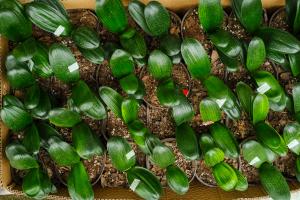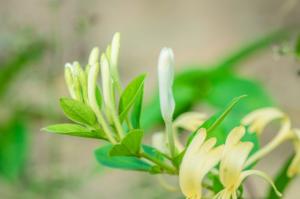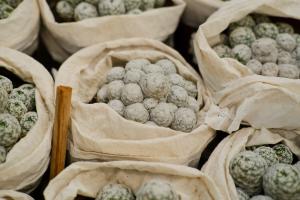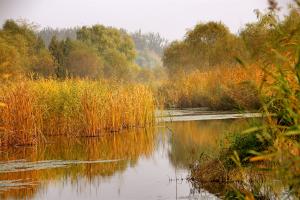1、 Breeding method
1. Soil: lucky grass has strong adaptability to soil. General garden soil can grow better in sandy soil containing humus
2. Light: lucky grass is suitable for full day or half day. Spring and autumn can accept long-term light, while summer needs appropriate shade. Due to its phototaxis, it is necessary to turn the basin frequently to ensure that all sides receive light

3. Temperature: the growth temperature should be controlled at 16-22 ℃. Below 10 ℃ will stop growing, so we must pay attention to heat preservation in winter
4. Watering: lucky grass has strong drought tolerance. Generally, water the soil after it is dry. In addition, keep it wet during high-temperature dormancy. Don't water too much
5. Fertilization: apply enough base fertilizer when planting lucky grass, and then apply nitrogen, phosphorus and potassium compound fertilizer once a month. The concentration should not be too large. Stop fertilizing in summer to avoid fertilizer accumulation

2、 Reproductive skills
1. Ramet: the ramet method is suitable for spring and autumn. Take out the mother plant from the basin and divide it into several clusters. Each cluster retains 3 bud eyes and removes too many leaves at the same time. After drying in the shade, it can be planted at a temperature of 13-18 degrees
2. Sowing: the seeds of lucky grass are very small, so they are usually sown in pots. Sprinkle the seeds on the surface, cover it with 1cm soil, and then cover it with plastic film to ensure its temperature and humidity. It can germinate within two weeks

3、 Pest control
The main disease of lucky grass is powdery mildew, which can be controlled by Triadimefon. In addition, red spiders with multiple hair in may need to be prevented in advance, which can be prevented by spraying acaricide

 jackfruit
jackfruit snake plant
snake plant hibiscus
hibiscus hydrangea
hydrangea lavender
lavender Green roses climb al...
Green roses climb al... If you don't pay att...
If you don't pay att... Management of four g...
Management of four g...


































